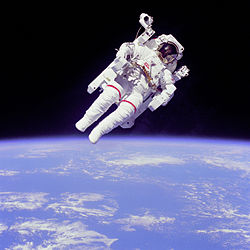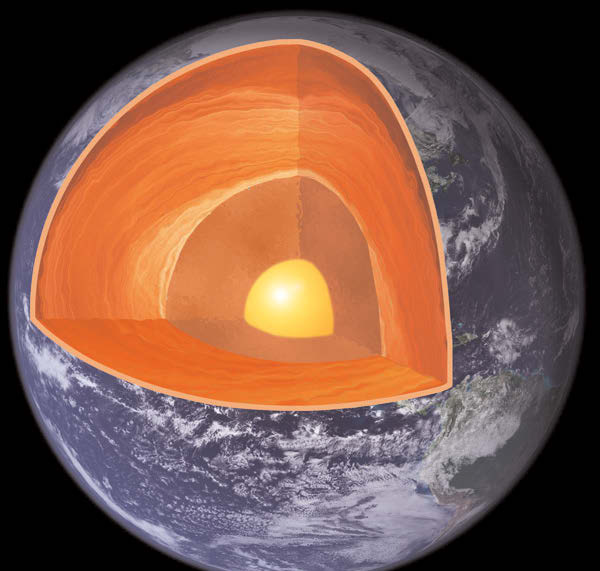
CAPE CANAVERAL (TIP): The ground-breaking detection of gravitational waves, ripples in space and time postulated by Albert Einstein 100 years ago, that was announced in February was no fluke. Scientists said on Wednesday that they have spotted them for a second time.
The researchers said they detected gravitational waves that washed over Earth after two distant black holes spiraled toward each other and merged into a single, larger abyss 1.4 billion years ago. That long-ago violent collision set off reverberations through spacetime, a fusion of the concepts of time and three-dimensional space.
These gravitational waves were observed by twin observatories in the United States late on December 25, 2015. The detectors are located in Livingston, Louisiana, and Hanford, Washington.
The first detection of gravitational waves was made in September and announced on February 11. It created a scientific sensation and was a benchmark in physics and astronomy, transforming a quirky implication of Einstein’s 1916 theory of gravity into the realm of observational astronomy.
The waves detected in September and December both were triggered by the merger of black holes, which are regions so dense with matter that not even photons of light can escape the gravitational sinkholes they produce in space.
The merging black holes that set space ringing in December were much smaller than the first pair, demonstrating the sensitivity of the recently upgraded Laser Interferometer Gravitational-wave Observatory, or LIGO, facilities.
“We are starting to get a glimpse of the kind of new astrophysical information that can only come from gravitational-wave detectors,” said Massachusetts Institute of Technology researcher David Shoemaker.
The black holes that triggered the newly detected gravitational waves were eight and 14 times more massive than the sun, respectively, before merging into a single, spinning black hole about 21 times more massive than the sun. The equivalent of one sun’s worth of mass was transformed into gravitational energy.
The Louisiana site detected the waves first and the Washington state detector picked up the signal 1.1 milliseconds later. Scientists can use the timing difference to calculate a rough idea of where the black holes merger occurred.





Be the first to comment